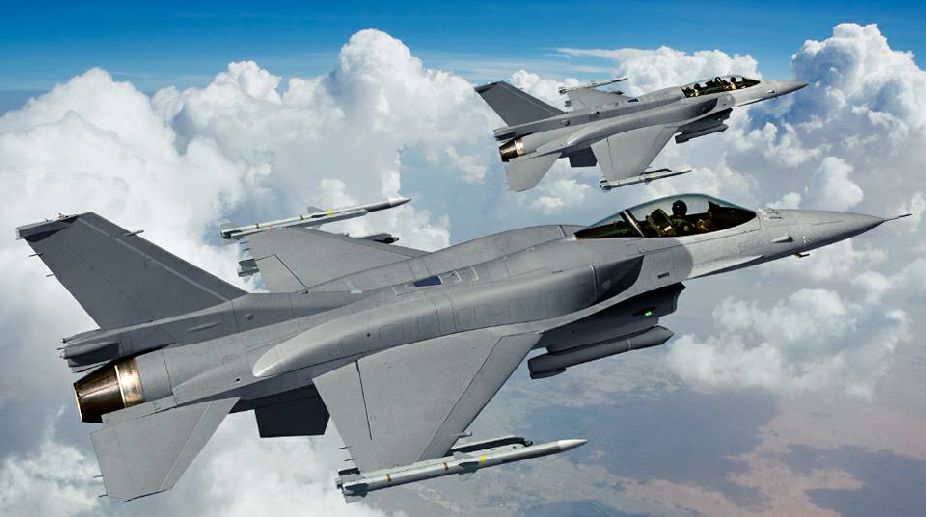IAF to conduct trial of landing facility on South Kashmir’s highway
Elaborate security and safety arrangements have been made by the authorities who have deployed mobile radars, CCTVs and other sophisticated equipment for the smooth trial.

(Photo: Facebook)
It is unlikely that the Tatas and Lockheed Martin did not have strong signals that India would be preferring the F-16 over the Swedish Grippen before they entered into a formal tie-up to produce that battle-tested warhorse in India.
It would also be unlikely that the American firm would have proceeded thus far without clearance from the Trump administration that is so firmly opposed to “outsourcing” jobs that could be done by Americans at home.
Maybe the official stamps of approval would be forthcoming during Narendra Modi’s visit to the United States, and hopefully it would progress more expeditiously than the deal for buying 36 Rafales that he signed during a visit to Paris well over a year ago.
Advertisement
The IAF is in dire need of a substantial number of single-engine fighters (less-expensive than the increasingly-popular twin-engine planes) to maintain adequate fleet levels to compensate for the phasing out of the obsolete Mig- 21s. Dire because it has now been officially accepted that the much-hyped home-built Tejas LCA cannot fill the MiG-21 void.
The Tata-Lockheed deal fits in with the “make in India” thinking, and will actually give the F-16 an added lease of life now that production in the US has been curtailed since the military there has opted for the more advanced F-35. The tie-up would help expedite the production/supply of the jets India needs, and to that extent the F-16 has taken a lead over the Grippen ~ the only other aircraft being considered.
Several queries, however, need to be answered. Just how “contemporary” is the Block 70 variant of the F-16 being offered, and since the US forces no longer purchase it will there be a price advantage for India? Will the deal include transferring to the Tata-Lockheed tie-up the possibility of export to other countries opting for the aircraft? What about the support services for more than 4,000 jets in service with several other air forces? These elements elevate the deal to more than the supply of over 100 units to the IAF.
Several firms are involved in the production of components and sub-assemblies of the F-16, does the arrangement with Lockeed cover all those “angles”? While a comprehensive arrangement could make for a commercially attractive proposition that might secure India an opening in the military-aviation market, it will not be helping the industry leapfrog its way to “frontier technology”.
For having to fall back on the F-16 to “shore up the defences” only underscores the failure of the DRDO and HAL to come good on the Tejas on which a huge sum has been invested, and the people consistently misled by the sustained hype that the indigenous fighter was all set to add teeth to the defence effort.
Advertisement